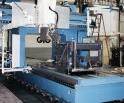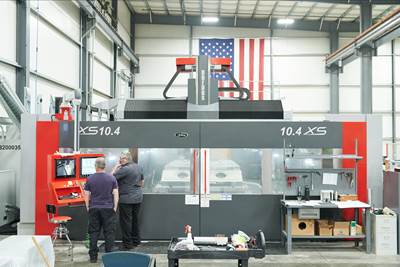Share





Soraluce workers assembling one of the company’s heavy duty floor-type boring mills at the new assembly plant in Bergara, Spain. (Note that Spain and Europe do not follow the same PPE and safety regulations as the U.S.) All photos by Modern Machine Shop.
If you had to choose just one accessory to bring on long flights, there is a strong argument to be made for noise-canceling headphones. It is still a common misperception that the technology behind these devices is closer to “white noise” than the actual cancelation of sound, but that is not exactly true. Active noise cancelation in modern headphones works by using a small microphone located near the ear to measure the frequency and amplitude of incoming sound waves, then emitting opposing sound waves to offset and “cancel” the incoming sound. By aligning the peaks of the “noise” sound waves with the valleys of the outgoing sound waves, you could say that noise-canceling headphones are equal parts white-noise and anti-noise devices — the sound they emit is calibrated to offset incoming waveforms and effectively remove them from your field of perception.
As frequent flyers know, noise-canceling headphones are particularly good at counterbalancing steady, low-frequency sounds such as those made by airplane engines and HVAC systems. Frequencies between 50 Hz and 1 kHz generate longer and more predictable waveforms, which is why noise-canceling headphones work well against the low rumble of an airplane engine and not so much the higher, unpredictable frequencies generated by the crying toddler in the row behind you.
This past summer on a visit to the production headquarters of machine tool builder Soraluce, I learned the same principle of physics can be used for an entirely different purpose in the world of metal cutting.
In the Basque region of northern Spain, I visited Soraluce’s central production campus in the city of Bergara, where the 60-year-old company — well known throughout Europe and Asia for its turnkey solutions and high-precision line of CNC mills, boring machines, vertical lathes and multitasking machines — was showcasing its latest innovations. The company was also debuting its new LEED-certified 30,000 square-foot assembly plant, situated against a lush green backdrop near the Deba River.
I was invited to Soraluce by my friends at Select Machining Technologies, the company’s U.S. distributor and a division of the Morris Group, who have partnered with the Spanish OEM to help expand its reach into the United States. Taking center stage at the Soraluce Summit was the worldwide debut of its new Performance Line — an extension of its product portfolio for medium- and large-sized parts for industrial vehicles, automotive, aerospace, and the oil and gas industries.
The Performance Line machines include several notable features, including direct-drive inline motors that provide high torque in the spindle, several available setups (including massive fixed, rotary and turning tables), modular designs with countless potential architectures, and a wide range of high-performance automatic indexing heads that can handle metals and alloys from aluminum and steel to titanium and Inconel.
But what really caught my eyes — and ears — was the technology that enables Soraluce machine tools to eliminate chatter and greatly expand the performance of its machines.
The technologies behind the “active damping” system designed for thin, flexible parts, called Dynamic Workpiece Stabilization (DWS), and the system designed to increase overall rigidity of Soraluce machine tools, called Dynamic Active Stabilizer (DAS), were developed after years of research at the company’s nearby technology center, Ideko. There, scientists did something remarkable: They took the principles of physics that enable noise-canceling headphones and applied them to massive machine tools.
The difference, of course, is that canceling low-frequency sound waves in a tiny headphone speaker is one thing, while canceling frequencies on a vibrating spindle at the end of a 500-pound steel ram is something else entirely.
Part of the three palletized multitasking portal machine line custom-built for a customer in the beverage industry. The line’s centralized rack-type tool magazine has a capacity of 480 tools.
The 15-Year Project
Soraluce is part of the Danobatgroup, a manufacturing co-op that collectively represents one of Europe’s largest machine-tool builders. For the past few years, Soraluce has been working with Select Machining Technologies in the U.S., with notable success.
One of the palletized multitasking milling and turning machines in its final assembly stage before being shipped to Blue Origin, whose logo is visible on the left.
During my visit to Soraluce’s new plant, more than half-a-dozen Soraluce FP multitasking floor-type milling and turning machines were undergoing final assembly before shipment to Blue Origin, the aerospace company owned by billionaire Amazon founder Jeff Bezos. A 3D-rendering of Blue Origin’s planned layout of the machines was displayed nearby, showing exactly how nine of the FPs and palletizing stations would be arranged in a side-by-side configuration at the company’s rocket engine production facility in Huntsville, Alabama.
Leading our tour group was Oier Elguezabal, Soraluce’s vice president of sales who worked for years as an electronic and project engineer for the company before transitioning into production management and his current sales role. The main attraction on the first day’s tour was Soraluce’s new Performance line of machines, a series of three machine families — the TA bed-type milling machine, the FA floor-type boring mill, and the SA fixed-table, traveling column milling machine — that share a common core structure but are highly configurable via different available architectures and alignments with peripheral equipment. All models feature a cast iron structure, linear guiding systems that can be paired with passive and active damping technologies, and direct-drive inline spindle motors with continuous power of 43 HP and speeds up to 7,000 RPM.
While the sight of several large machine tools emblazoned with Blue Origin logos generated a buzz among our group (including side conversations about whether we were allowed to publicly share this information), the tour unveiled several interesting features about Soraluce’s product line and overall production strategy:
- One of Soraluce’s production plants includes a temperature- and humidity-controlled inner facility that builds, tests and repairs more than 300 different designs for the company’s line of milling, boring and turning heads. Among these are several new milling heads for the Performance Line, including indexing universal heads, five-axis contouring heads, and high-torque multitasking heads. Soraluce heads are water-cooled to increase stability and maximize precision.
- The company is constantly training new service providers from its distributors around the world. On the day of the tour, several employees of The Morris Group (the parent company of Select Machining Technologies) were on site being trained to assemble and service Soraluce machines in the USA.
- Soraluce machine tools are modular and highly configurable based on customer needs. I saw machines with different combinations of rotary, traveling and fixed tables on the same machine; I saw a large gantry-style multitasking machine with a palletizing system that stocked vertically at least three stories high (custom designed for a customer that had no room to expand horizontally); and I saw numerous configurations of head-changing stations and tool changers.
The Soraluce PM 2500 multitasking (milling and turning) portal machine and custom-designed vertical palletizing system.
One of our last stops on the tour took us to the Danobatgroup’s research and technology center, Ideko. There, a team of more than 100 scientists (35% of whom hold PhDs) research and innovate technology-based solutions in the fields of manufacturing and industrial production. It took the Ideko scientists 15 years to industrialize Soraluce’s first active damping system, known as DAS. During the tour, Oier Elguezabal gave us a hint at how they did it.
Ways & Means
One of the fundamental decisions that faces any machine tool builder is selecting the type of way system that will guide the moving components of the machine. Hydrostatic guideways include pressurized films of oil that provide near-frictionless contact between the rail and carriage, while linear guideways achieve smooth linear movement through internal steel bearings within the guide block. Each of these systems has inherent advantages and disadvantages that are dependent on several variables, namely the intended use of the machine.
Traditionally, hydrostatic guideways have been the typical choice of OEMs that build large-format CNCs, due in part to oil’s ability to dampen or reduce vibrations that occur in the spindle head. When Soraluce instead chose linear guiding systems, the company was essentially placing a bet on the advantages it saw in linear guideways — accuracy, ease of maintenance, energy savings and lower costs among them — knowing tit would need to offset the decreased damping capacity. The thinking, Oier Elguezabal said, was to combine the newer technology’s advantages with solutions that offset the main disadvantage.
The first strategy was to choose top-quality linear guideways, and for that the company turned to Schaeffler, the German supplier of high-precision components for automotive and industrial applications. Soraluce worked directly with Schaeffler to introduce hydrostatic damping pads into the guideways that greatly increase its damping abilities.
But the unique innovation that the engineers at Soraluce and Ideko developed — soon patented under the name Dynamic Active Stabilizer, or DAS — was something altogether different. Much like the algorithms that invert sound waves to achieve noise cancelation, “active damping” — which is a standard feature on all of Soraluce’s portal machining centers and heavy-duty floor type milling machines — is designed to offset or “cancel” vibration and chatter that occurs at low frequencies. To achieve this, two electromagnetic actuators are installed at the end of the ram — one at the top of the ram and one on the side. These actuators read the frequency, amplitude and direction of the machine vibration, then provide,in real time, precise, inverse counter-forces that eliminate the chatter and stabilize the cutting process.
“In any machine with a ram, as soon as you extend the ram, it introduces flexibility and vibration,” Elguezabal says. “So we have two accelerometers to read the vibration, and these accelerometers send the information to a computer in the electrical cabinet. The computer reads the speed, amplitude and oscillation of the vibration and then eliminates that vibration by sending signals to magnets inside the ram that bring those movements under control.”
The same technology can be applied to the part by using the DWS system, Soraluce’s active damping technology designed for thin, flexible parts. The DWS system attaches to the part or fixture using a magnetic or vacuum system to achieve the same purpose — eliminating the chatter coming from the machining vibration.
“You eliminate the vibration without changing any cutting condition, so you not only increase productivity, you increase the life of the machine and the life of the tool because there is no vibration,” Elguezabal says. The company says its active damping systems achieve a 300% increase in productivity and 100% cutting capacity through the complete workpiece volume, including when the ram is in its most flexible position, fully extended.
I was able to catch up with Elguezabal and some of the Soraluce team this past September at EMO Hannover, where the company’s booth smartly featured a live demonstration of its DAS and DWS active damping technologies. During a milling operation on a thin, flexible part, the operator allowed the machine to run for a few seconds without engaging the DWS system. The sound of chatter was instantly recognizable. At the push of a button, the operator engaged the DWS system and the chatter stopped immediately.
Of course, it was the first thing I thought of when I put on my headphones during the long flight home.
Related Content
How to Determine the Currently Active Work Offset Number
Determining the currently active work offset number is practical when the program zero point is changing between workpieces in a production run.
Read MoreQuick-Change Tool Heads Reduce Setup on Swiss-Type Turning Centers
This new quick-change tooling system enables shops to get more production from their Swiss turning centers through reduced tool setup time and matches the performance of a solid tool.
Read MoreOrthopedic Event Discusses Manufacturing Strategies
At the seminar, representatives from multiple companies discussed strategies for making orthopedic devices accurately and efficiently.
Read MoreWhere Micro-Laser Machining Is the Focus
A company that was once a consulting firm has become a successful micro-laser machine shop producing complex parts and features that most traditional CNC shops cannot machine.
Read MoreRead Next
Four Types Of Five-Axis Machining Centers
Different machines offer different approaches to rotary travel, and each design has its own strengths. Here's how they compare.
Read MoreThe Culture Change of Large-Part Machining Automation
For Major Tool & Machine in its 75th anniversary year, confronting the skills gap involves a systemized approach focused on automation, and developing and retaining talent.
Read MoreInverting Turning and Five-Axis Milling at Famar
Automation is only the tip of the iceberg for Famar, which also provides multitasking options for its vertical lathes and horizontal five-axis machine tools.
Read More













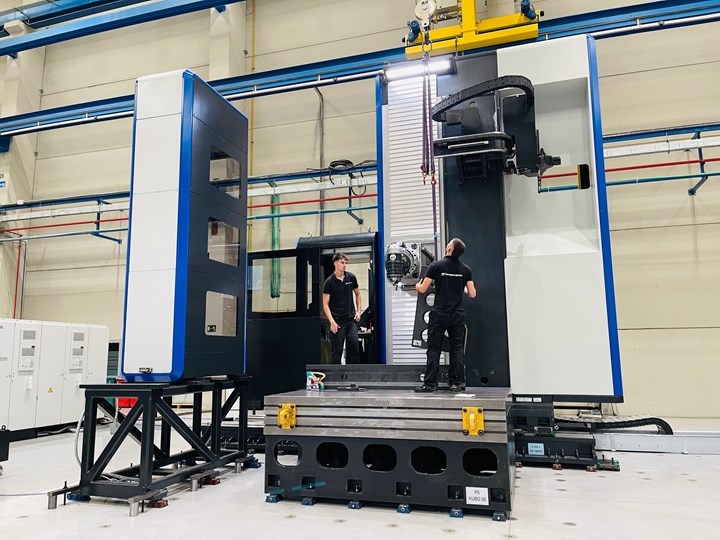



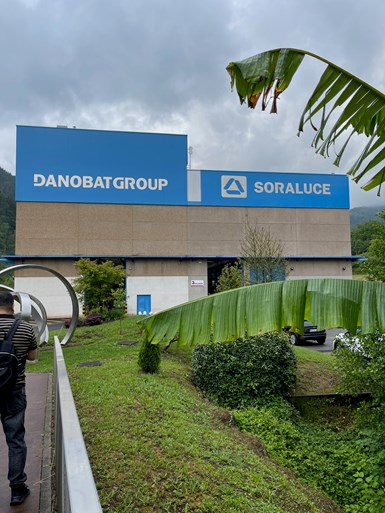
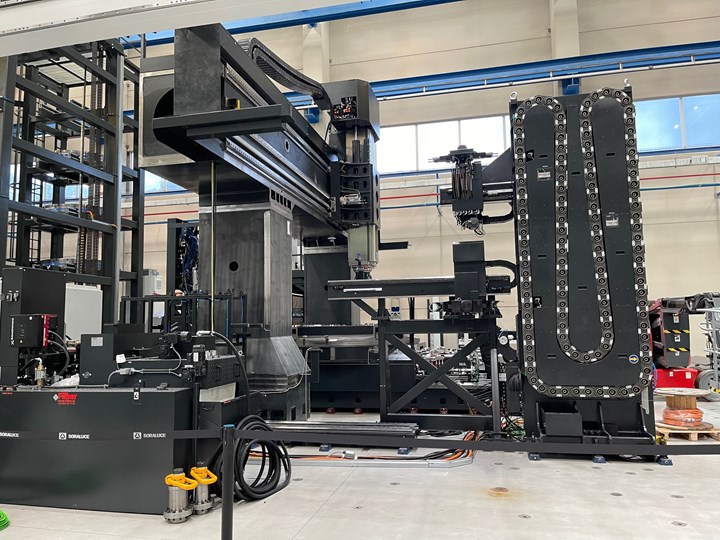

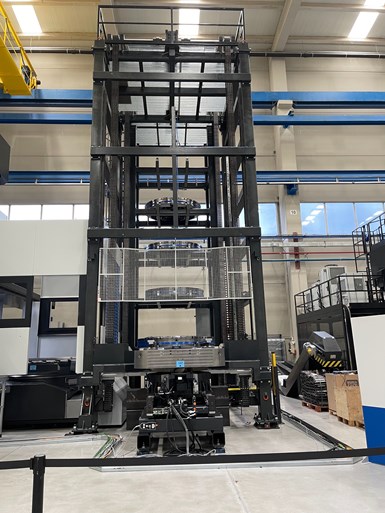
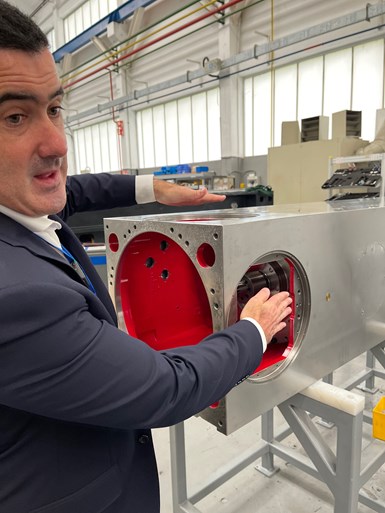
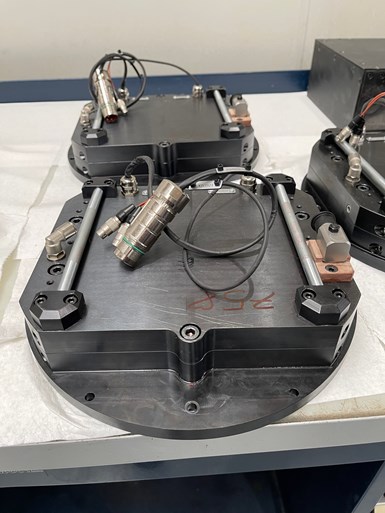
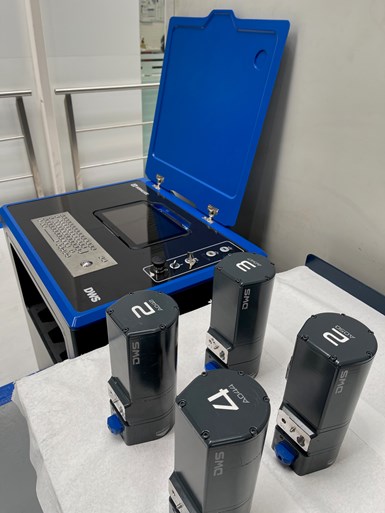





.jpg;maxWidth=300;quality=90)






